MUDSKIPPER: Getting to Know Glodog Fish, the Jumping Fish on Land
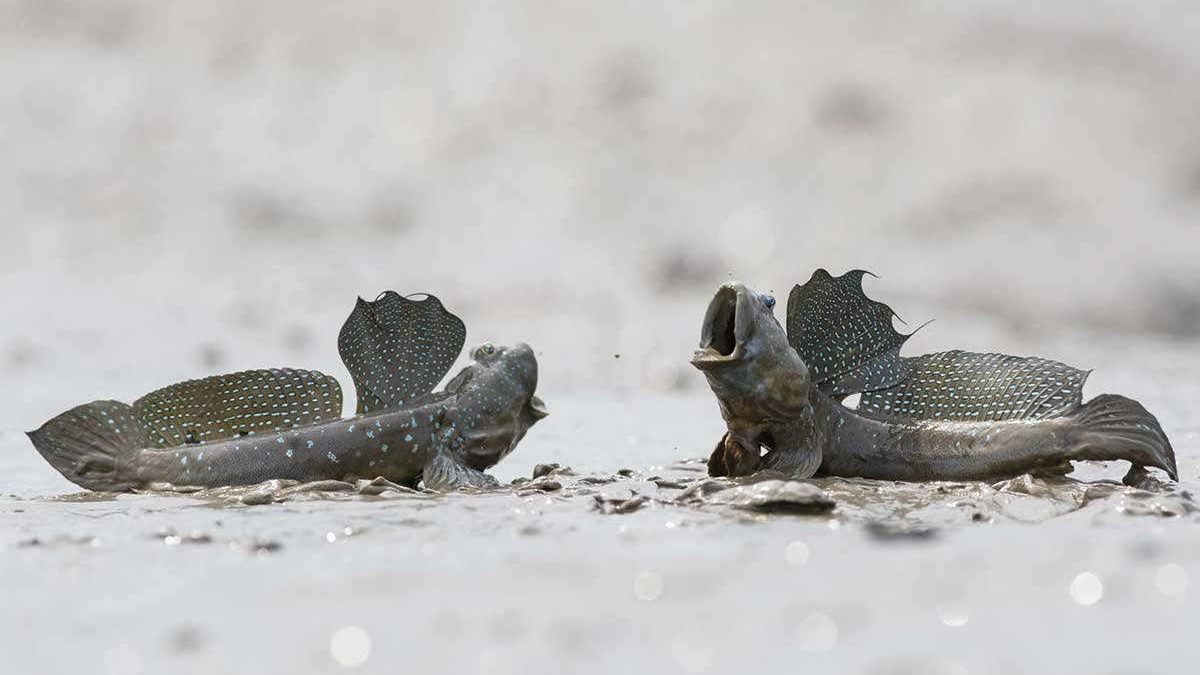
Mudskippers (Photo Credit : Remi Masson/naturepl.com)
The mudskipper, also known by various names in different regions such as Ikan Tembakul, Timpakul, Tempakul, Cempakul, Gelodok, Belodok, Belodog, or Blodog, Gabus Laut, Lunjat, or Belacak, is a unique and interesting type of fish. This fish belongs to the order Gobiiformes, family Oxudercidae Gobionellidae, with four subfamilies, including Oxudercinae. It is one of the few fish that has the ability to live on land for extended periods. Mudskippers can be found in muddy coastal areas and mangrove forests around the world, including Indonesia. There are 25 known species inhabiting mudflats, swamps, and mangrove forests from Africa, South Asia, to South America. They spend half of their lives on land, growing, foraging, and breeding.
Their physical adaptations allow them to live in harsh and varied environments between water and land. Some distinctive features of mudskippers include:
- Pectoral Fins : These also function as aids for "walking" on land. By using their pectoral fins, mudskippers can hop on the mud surface. This pectoral fin adaptation makes mudskippers unique because they can walk on land. In fact, their pectoral fins have joints similar to elbows and shoulders, allowing them to fold their fins to push up from the ground, moving forward step by step.
- Breathable Skin : When on land, mudskippers can breathe through their moist skin, but their gills remain functional when they are in the water.
- Protruding Eyes : Mudskippers' eyes are located on top of their heads and can move independently, providing a wide field of vision to detect predators and search for food. While out of the water, mudskippers keep their protruding eyes moist by pulling them deep into their sockets and then pushing them out again. Therefore, mudskippers belong to the genus Boleophthalmus, which means "protruding eyes." Another unique feature is that mudskippers can blink.
Behavior and Habitat
Mudskippers are often seen and typically found on the surface of the mud at low tide in their muddy habitats, such as mangrove forests, river estuaries, and muddy beaches. Mudskippers prey on various animals, including fiddler crabs (Uca spp.), shrimp, fish, clams, squid, and insects like weaver ants and flies. They are also suspected of consuming some plants and organic detritus.

Mudskippers (Photo Credit : Thomas P. Peschak)
In their habitat, mudskippers create burrows in the mud, which serve as shelters from predators and places to retreat during high tide. These burrows also function as nests for laying eggs.
As fish capable of living both on land and in water, mudskippers breathe through their skin when on land, constantly capturing oxygen from the air. They also use their mouths and throats, which are filled with capillaries that can absorb oxygen. This is why their bodies must remain wet to sustain their primarily terrestrial life. However, in humid environments like mudflats, mudskippers can be seen rolling around to cool and refresh their bodies.
When in the water, mudskippers trap water in their gill chambers and store it for extended oxygen uptake. This is why some species are often seen heading towards water bodies, opening their mouths, and gulping large amounts of water. "They will submerge their jaws in water, and they pump or suck in water," says Gordon. "Then they will inflate their gill covers, and their mouths will be full of water that they carry."
During the breeding season, these mudskipper fish reproduce in the intertidal zone. The males put on a flamboyant display to attract the females' attention by waving their fins and jumping high into the air. If a female is impressed, she will follow the male to a burrow to breed.
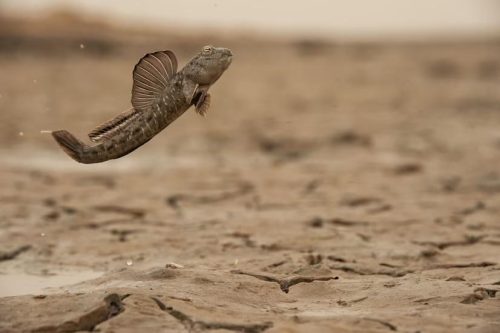
Mudskipper (Photo Credit : Thomas P. Peschak)
Some commonly encountered species of mudskippers include:
- Periophthalmus barbarus
Periophthalmus barbarus is one of the most well-known species of mudskippers. This species can be found on the muddy coasts of West Africa, including mangrove forests and river estuaries. In Indonesia, it is mainly found in coastal areas of Sumatra, Kalimantan, and Sulawesi.
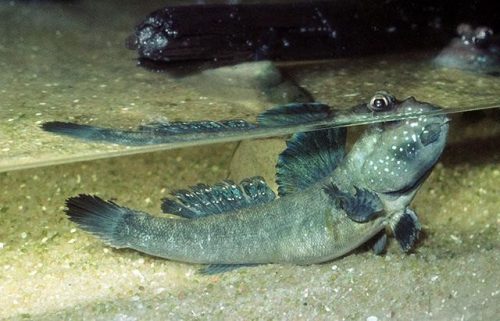
Periophthalmus barbarus (Photo Credit : D. Terver/Museum Aquarium de Nancy)
- Periophthalmus argentilineatus
Periophthalmus argentilineatus is a widely distributed species in the Indo-Pacific region, including the coasts of East Africa, Southeast Asia, and Northern Australia, as well as the coasts of Sumatra, Kalimantan, and Sulawesi.
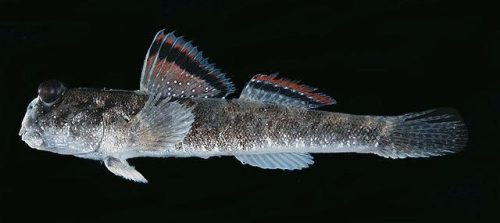
Periophthalmus argentilineatus (Photo Credit : Randall, J.E.)
- Periophthalmus modestus
Periophthalmus modestus, also known as the Far Eastern mudskipper, is distributed in East Asia, such as Japan, Korea, and China. This species is often found in river estuaries and mangrove habitats.
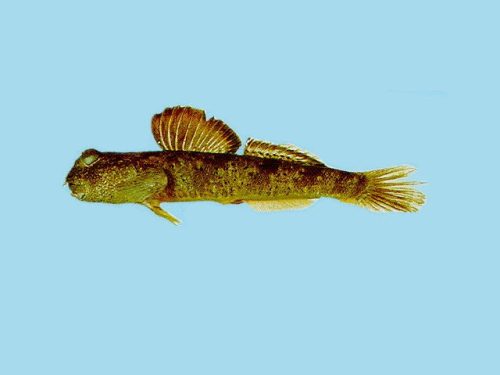
Periophthalmus modestus (Photo Credit : Shao, K.T.)
- Periophthalmodon schlosseri
Periophthalmodon schlosseri is a species of mudskipper found in Southeast Asia, including Indonesia, Malaysia, and Thailand. This species is often found in mangrove habitats and river estuaries, commonly along the coasts of Java, Sumatra, Kalimantan, and Sulawesi.
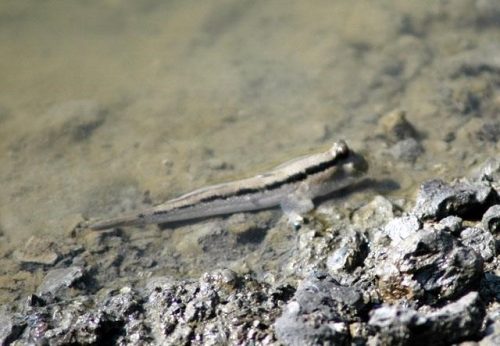
Periophthalmodon schlosseri (Photo Credit : Jean Francois Helias)
- Boleophthalmus boddarti
Boleophthalmus boddarti is a species found in the Indo-Pacific coastal regions, including the muddy shores of India, Malaysia, and Indonesia (Java, Sumatra, Kalimantan). This species is often seen on the mud surface at low tide.

Boleophthalmus boddarti (Photo Credit : Moreau, J.)
- Scartelaos histophorus
Scartelaos histophorus is a species of mudskipper distributed in the Indo-Pacific region, including the coasts of India, Thailand, and the Philippines, as well as Java, Sumatra, and Kalimantan. This species is known for its ability to dig burrows in the mud.
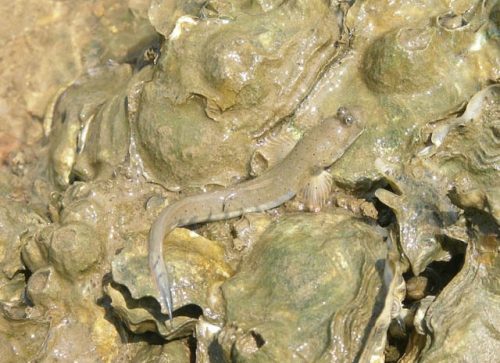
Scartelaos histophorus (Photo Credit : Nip, T.)
- Periophthalmus variabilis
Periophthalmus variabilis is a species found in Southeast Asia and Northern Australia. It is found along the coasts of Sumatra and Kalimantan. This species often lives in mangrove habitats and muddy beaches and has the ability to breathe through its skin when on land.
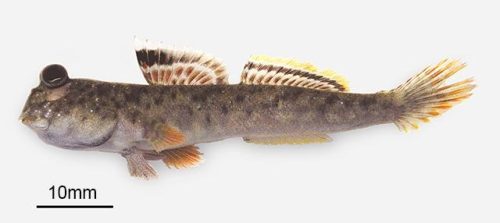
Periophthalmus variabilis (Photo Credit : Polgar G.)
- Periophthalmus gracilis
This species is also found in Indonesia, particularly in coastal and mangrove forest areas. They can be found in Sumatra, Kalimantan, and Sulawesi.
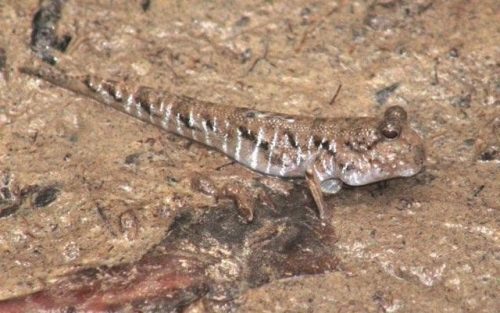
Periophthalmus gracilis (Photo Credit : Polgar G.)
- Periophthalmus novemradiatus
Also known as the small mudskipper, this species is found in the coastal regions of Indonesia, especially in Sumatra and Kalimantan.
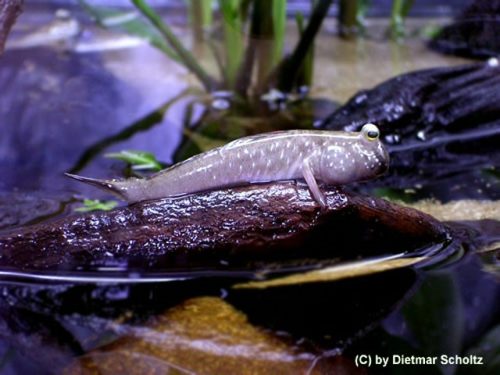
Periophthalmus novemradiatus (Photo Credit : Dietmar Scholtz)
- Periophthalmus kalolo
This species can be found along the coasts of Indonesia, including mangrove areas and river estuaries in Sumatra, Kalimantan, and Sulawesi.
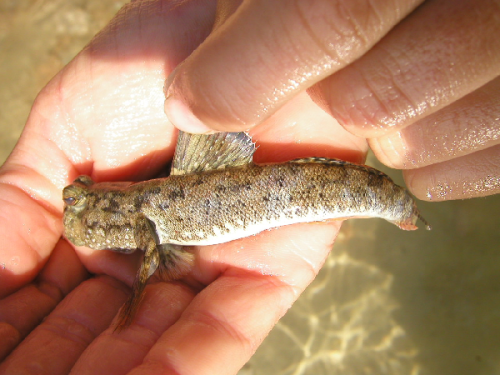
Periophthalmus kalolo (Photo Credit : Robert J. Koch)
-YN

